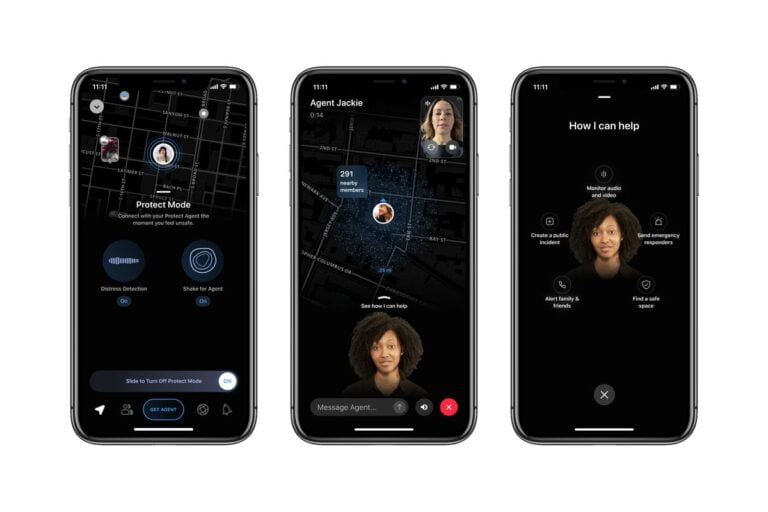
Getting up to date with the latest technology trends and innovations is important for any business. The latest technology innovations can help improve your productivity, cut costs, and make your work easier. Here are some examples of the latest innovations that can help you do more with less.
AI
Table of Contents
Whether it is digital assistants, ride-sharing apps, or smart homes, artificial intelligence is one of the latest technological innovations. These technologies are being used to improve healthcare, stroke detection, and more. They also help new businesses assess the competition.
As Computer vision and AI continues to evolve, the scope of their impact will continue to broaden. It will be used to analyze connections, predict trends, and enhance personalized experiences. The benefits to any organization are extensive. These benefits are driven by the ability to detect changing patterns in customer behavior.
The latest applications include language translation, medical diagnosis, and interactive personal assistance. This means that users can interact with machines in a natural manner, similar to how humans do.
Quantum computing
Whether you’re a science enthusiast or a businessman, quantum computing is probably one of the biggest technological breakthroughs of the century. It’s been touted as a key contributor to the future of manufacturing, artificial intelligence, and machine learning. It could also speed up the design of drugs, aid in climate change research, and provide accurate weather forecasts. It may even be able to solve some of the most difficult molecular simulation problems.
Many companies are already exploring the potential of quantum computing. Some are making bold claims about how they are using technology to improve their businesses. These include Google, Microsoft, and IBM. Despite the hype, none of these companies have launched a dedicated quantum computing service yet. However, a few smaller companies are experimenting with the technology.
Robotics
Increasingly, companies are developing robotics. They are used in a variety of situations, including agriculture, transport, manufacturing, and social care. The advantages of using robots include: minimizing errors and downtime, improving efficiency, and reducing the risk of accidents.
The use of digital technologies such as gas imaging cameras, satellite- and drone-mounted sensors, and sniffer robots has created new ways to quantify emissions and monitor environmental conditions in oil and gas operations. The Internet of Things has also enabled robotic systems to become mobile sensors.
Robots are capable of performing repetitive tasks and handling heavy materials. They are often used in hazardous environments and can fit where human hands can’t reach.
Extended reality
Across the board, organizations are integrating XR technology to drive new business opportunities. However, while technology has the potential to transform the way people interact with each other, it also has some challenges. For example, consumers are not yet clear on the security measures involved, making it difficult for brands to make a splash with this technology.
Luckily, experts are anticipating that the benefits of extended reality will soon outweigh the shortcomings. The industry is expected to grow to $800 billion by 2024. In addition, studies have shown that learners are able to retain information more effectively when they are in an immersive environment.
5G network subscriptions by 2027
Almost half of all mobile subscriptions are expected to be 5G by 2027, according to a recent Ericsson Mobility Report. The Swedish networking company predicts that there will be 4.4 billion 5G subscriptions worldwide by that time. This is three times more than the 1.4 billion 4G subscriptions projected in 2015. The report also shows that 5G will cover more than half the world’s population.
In the first quarter of 2022, 70 million new 5G subscriptions were added to the market. This represents a 31% increase from the previous quarter. The growth is expected to continue, despite the ongoing global economic slowdown.
Recognition technology
Among the latest technology innovations, facial recognition is one of the most promising. It can identify people in real-time and is more efficient than other biometric techniques. It is also used to prevent identity theft.
This new technology is causing widespread alarm. Some argue that it violates an individual’s right to privacy. Others are excited about the potential of this innovative tech.
The technology can detect if a person is a known shoplifter or burglar. It can also help police track down suspects. The system can automatically capture images and identify faces from videos.
Big data
Investing in big data and technology innovations can be an effective way to boost revenues and decrease costs. It can also help you create a competitive advantage. But you must know how to choose the right use case. Choosing the wrong one can lead to wasted resources and missed goals.
Identifying the right business areas to invest in will help you achieve positive results faster. It can also help you avoid overwhelm. However, choosing the right use case is not always easy.
Using data visualization to analyze and optimize your data can improve your bottom-line performance. It can also help you get a better understanding of your customers.





